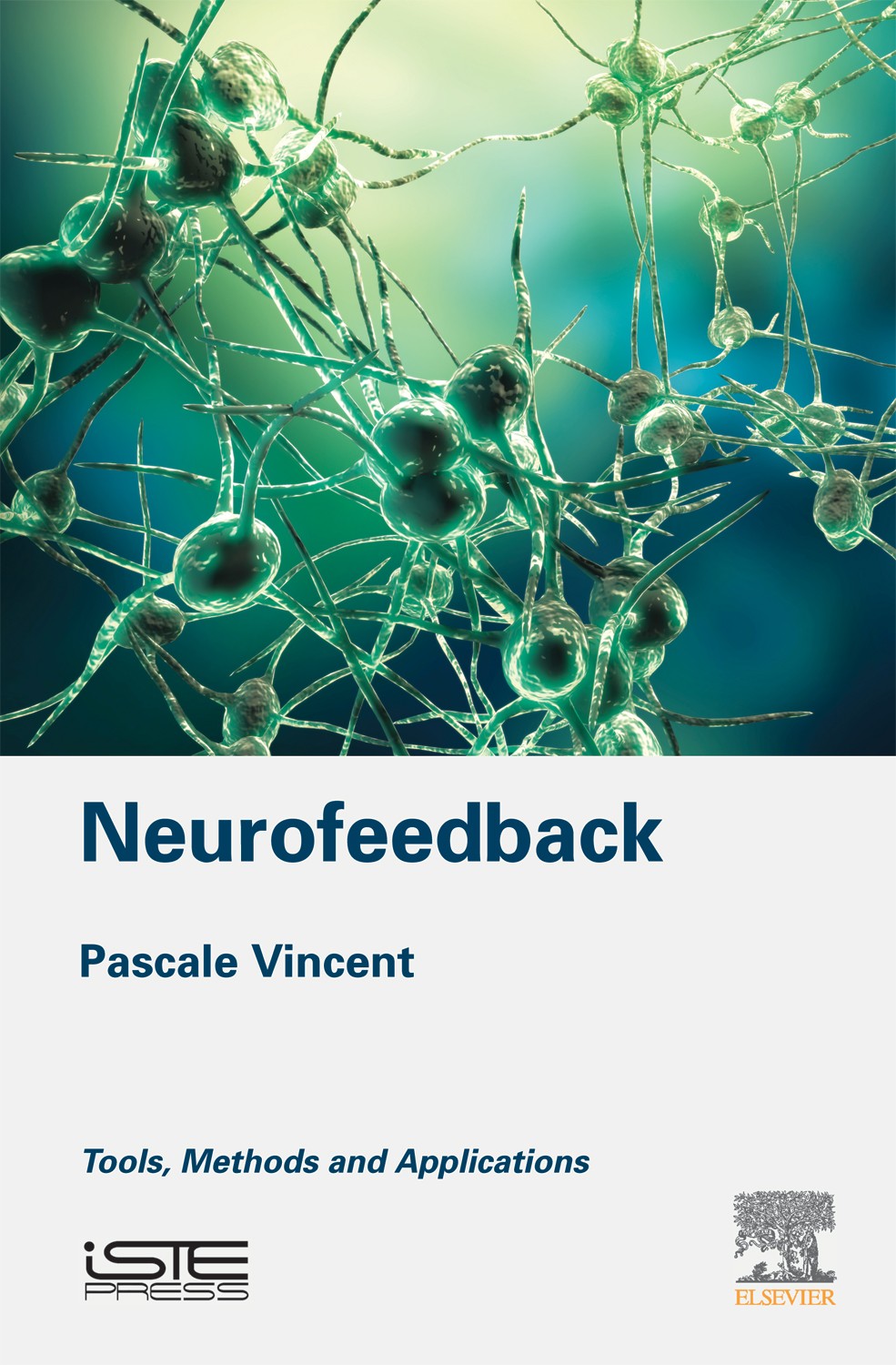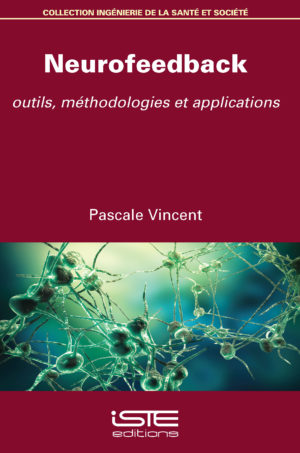
The artificial intelligence of robots capable of learning from their errors and modifying their behavior accordingly is modeled on the activity of neurons in the brain. Emotional stress, traffic accidents, bereavement; these are all factors that can disrupt this neural activity, sometimes to the point of generating suffering that can be difficult to relieve. Neurofeedback, […]
The artificial intelligence of robots capable of learning from their errors and modifying their behavior accordingly is modeled on the activity of neurons in the brain.
Emotional stress, traffic accidents, bereavement; these are all factors that can disrupt this neural activity, sometimes to the point of generating suffering that can be difficult to relieve.
Neurofeedback, derived from neuroscience, is a computerized technique for training and re-balancing the brain’s electrical activity using neuroplasticity, which allows the brain to self-correct and regain a stable equilibrium, thus promoting recovery from traumas and a return to well-being.
Different neurofeedback tools are presented in this book, together with their function and explicit specificities adapted to the needs of each user. Their applications to psychological and cognitive disorders make neurofeedback an efficient and promising neurotherapy technique.
Part 1. Tools and Methodologies
1. What is Neurofeedback?
2. Signal Processing.
3. The Principle of Homeostasis.
4. How Neurofeed back Works.
5. Training the Brain.
6. Cerebral Areas.
Part 2. Applications
7. Personal Research.
8. An Aid for Self-Understanding.
9. Statistical Information.
10. Clinical Cases.
11. Testimonials.

